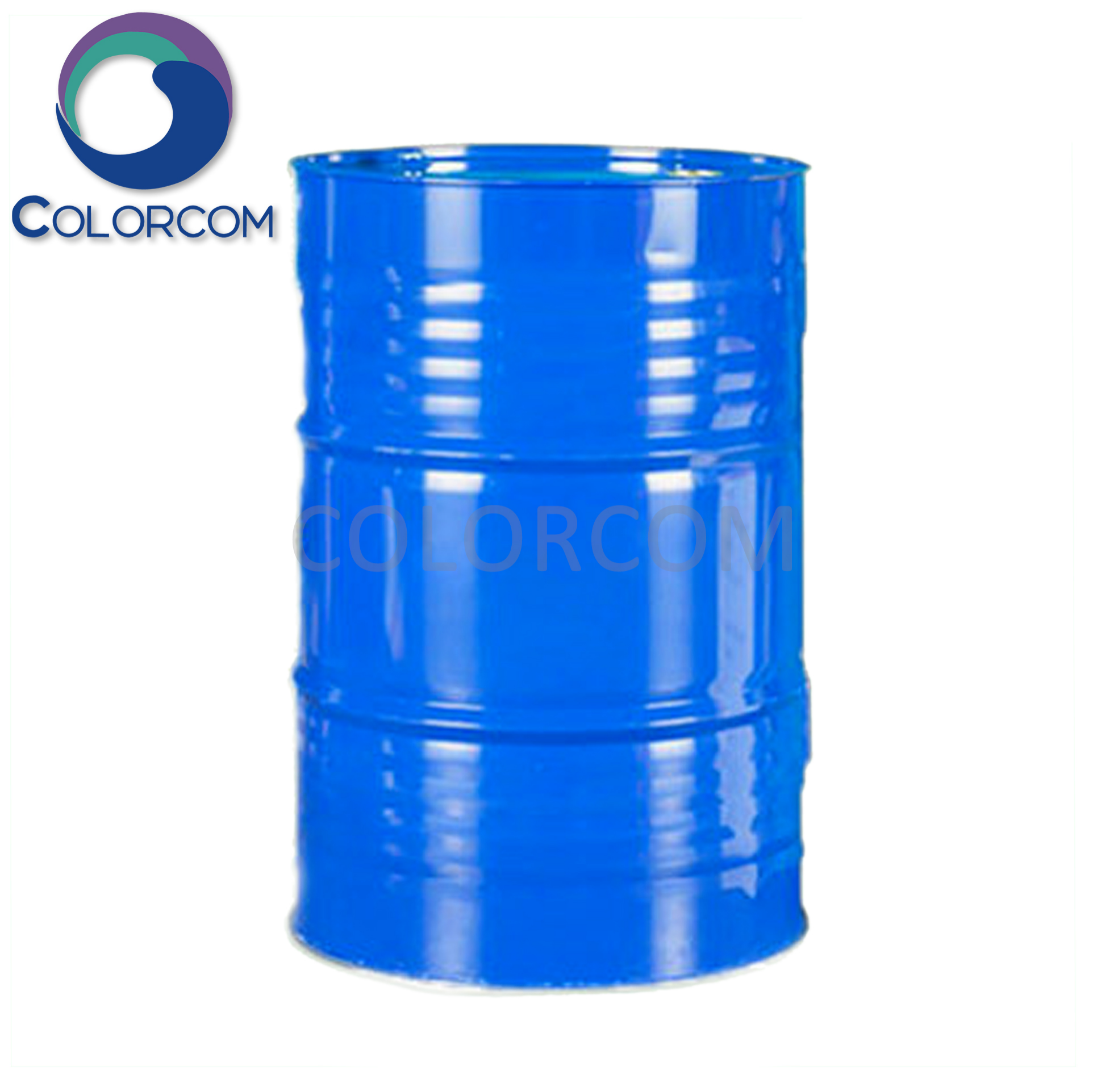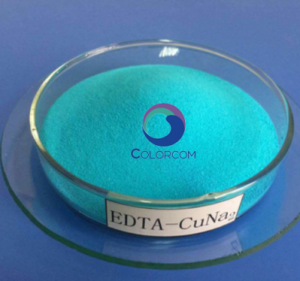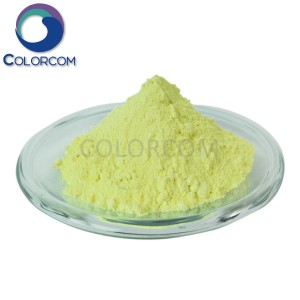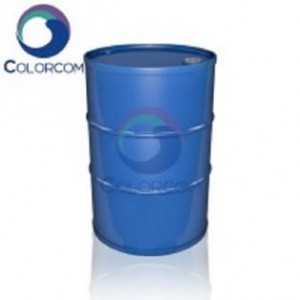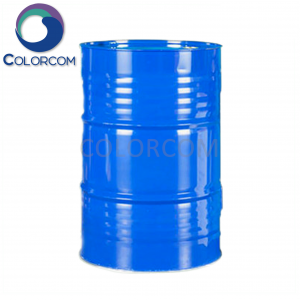1-Propanol | 71-23-8
Product Physical Data:
| Product Name |
1-Propanol |
| Properties |
Colorless liquid with an alcoholic taste |
| Melting Point(°C) |
-127 |
| Boiling Point(°C) |
97.1 |
| Relative density (Water=1) |
0.80 |
| Relative vapour density (air=1) |
2.1 |
| Saturated vapour pressure (kPa) |
2.0(20°C) |
| Heat of combustion (kJ/mol) |
-2021.3 |
| Critical temperature (°C) |
263.6 |
| Critical pressure (MPa) |
5.17 |
| Octanol/water partition coefficient |
0.25 |
| Flash point (°C) |
15 |
| Ignition temperature (°C) |
371 |
| Upper Explosive Limit (%) |
13.5 |
| Lower explosion limit (%) |
2.1 |
| Solubility | miscible with water, miscible in most organic solvents such as ethanol, ether. |
Product Description:
Glycerin, known as glycerol in national standards, is a colourless, odourless, sweet-odoring organic substance with the appearance of a transparent viscous liquid. Commonly known as glycerol. Glycerol, can absorb moisture from the air, but also absorb hydrogen sulfide, hydrogen cyanide and sulfur dioxide.
Product Properties and Stability:
1.Miscible with water, alcohol and other organic solvents, can dissolve vegetable oil, animal oil, natural resin and some synthetic resin. It has an odour similar to ethanol. No corrosive to metal.
2.Chemical properties: similar to ethanol, oxidation generates propionaldehyde, further oxidation generates propionic acid. Dehydrate with sulphuric acid to form propylene.
3.Low toxicity. Physiological effect is similar to ethanol, anaesthesia and stimulation of mucous membranes is slightly stronger than ethanol. Toxicity is also greater than ethanol, bactericidal ability is three times stronger than ethanol. Olfactory threshold concentration of 73.62mg/m3.TJ 36-79 stipulates that the maximum permissible concentration in the air of the workshop is 200mg/m3.
4.Stability: Stable
5.Prohibited substances: Strong oxidising agents, anhydrides, acids, halogens.
6.Hazard of polymerisation: Non-polymerisation.
Product Application:
1.Propanol is directly used as a solvent or synthetic propyl acetate, which is used as a solvent for paints, printing inks, cosmetics, etc. It is used in the production of n-propylamine, an intermediate in pharmaceuticals and pesticides, and is used in the production of feed additives and synthetic fragrances. Propanol in the pharmaceutical industry for the production of probenecid, sodium valproate, erythromycin, epilepsy Jianan, adhesive haemostatic agent BCA, propylthiothiamine, 2,5-pyridinedicarboxylic acid dipropyl ester; phase propanol synthesized esters, used in food additives, plasticisers, fragrances, and so on; n-propanol derivatives, especially di-n-propylamine in the production of pharmaceuticals and pesticides have many applications for the production of pesticides aminesulphonamide, mycodamine, isopropanolamine, mirex, and so on. It is used to produce pesticides such as aminesulphurin, bactrim, isoproterenol, mirex, sulphadoxine, fluroxypyr and so on.
2.It is used as solvent for vegetable oils, natural rubber and resins, some synthetic resins, ethyl cellulose and polyvinyl butyral. Also used in nitro spray paint, paint, cosmetics, dental detergent, insecticide, fungicide, ink, plastics, antifreeze, adhesives and so on.
3.Generally used as a solvent. Can be used as paint solvents, printing ink, cosmetics, etc., used in the production of pharmaceuticals, pesticides, intermediates n-propylamine, used in the production of feed additives, synthetic spices and so on. Propanol is widely used in the pharmaceutical industry, food additives, plasticisers, spices and many other aspects.
4.Used as solvents and in pharmaceuticals, paints and cosmetics, etc.
Product Storage Notes:
1.Store in a cool, ventilated warehouse.
2.Keep away from fire and heat source.
3.The storage temperature should not exceed 37°C.
4.Keep the container sealed.
5.It should be stored separately from oxidising agents, acids, halogens and edible chemicals, and should never be mixed.
6.Use explosion-proof lighting and ventilation facilities.
7.Prohibit the use of mechanical equipment and tools that are easy to generate sparks.
8.The storage area should be equipped with leakage emergency treatment equipment and suitable shelter materials.


